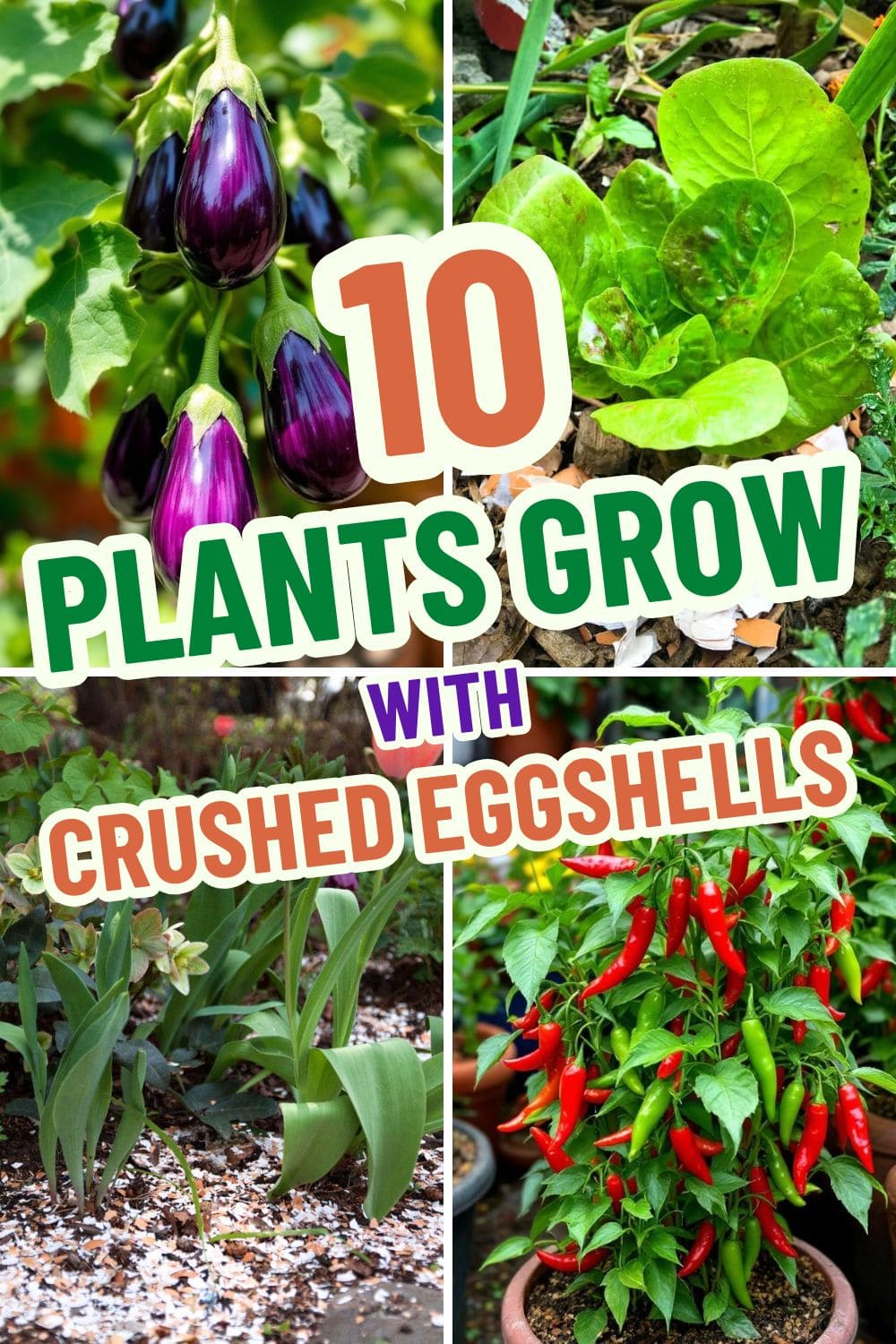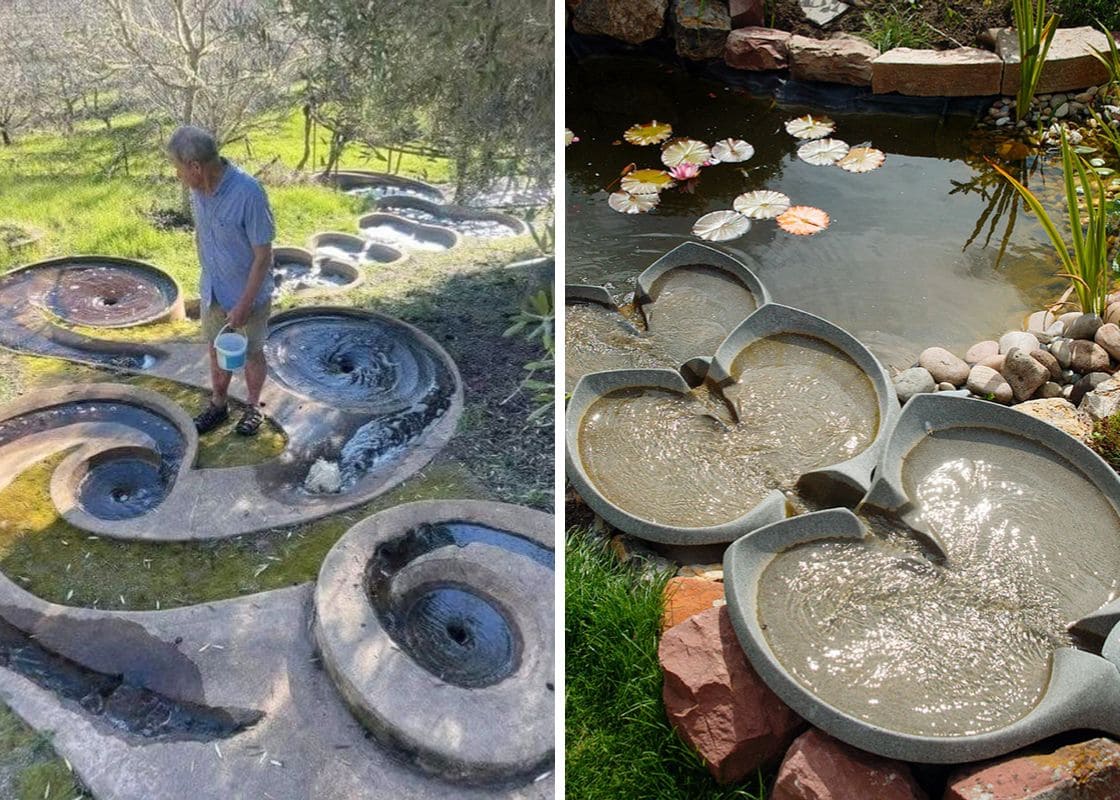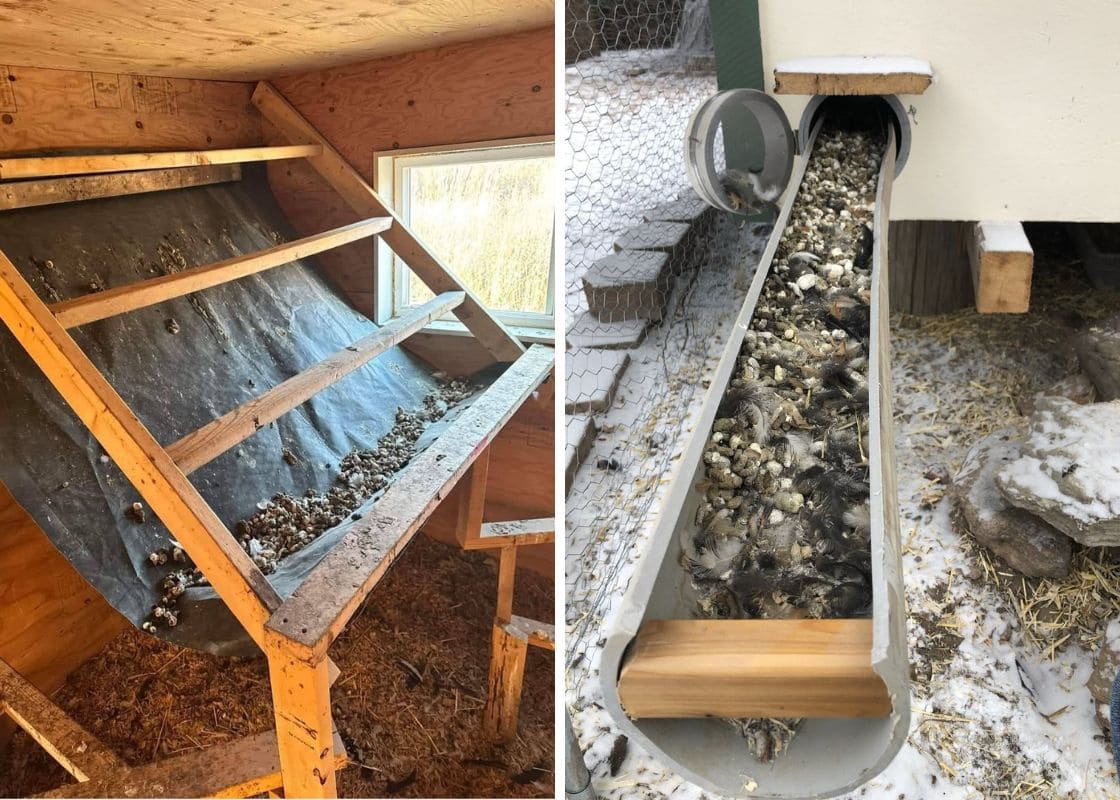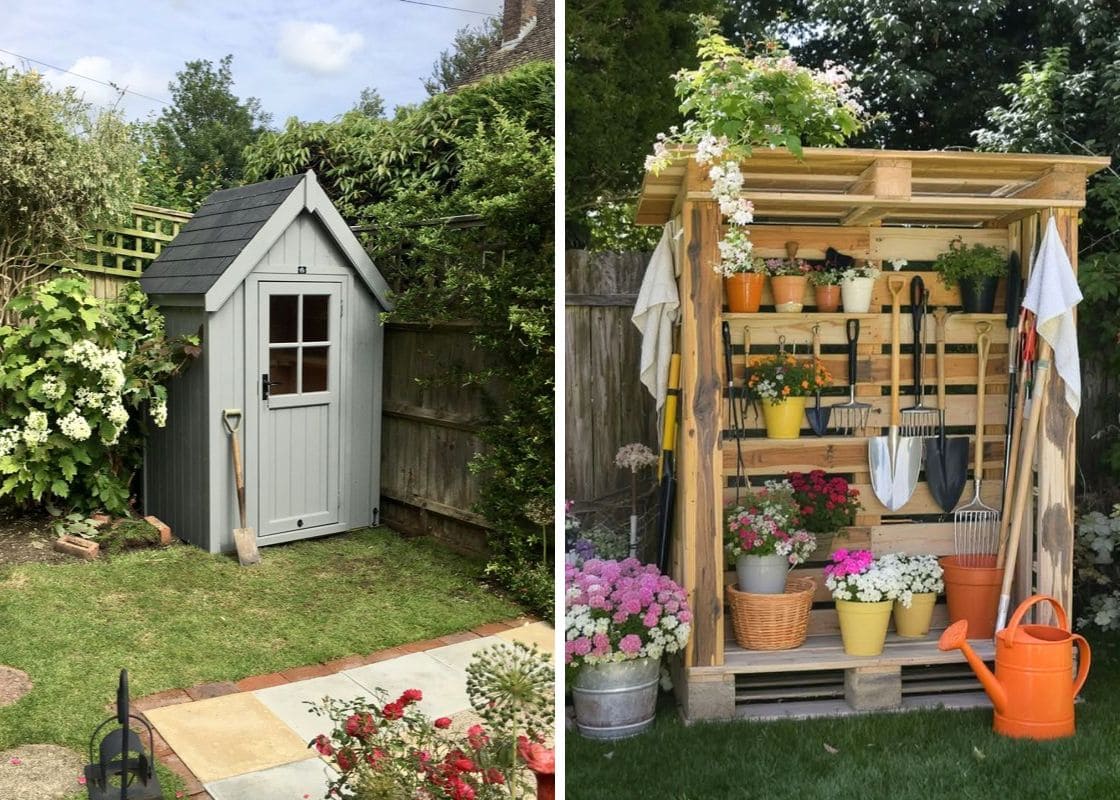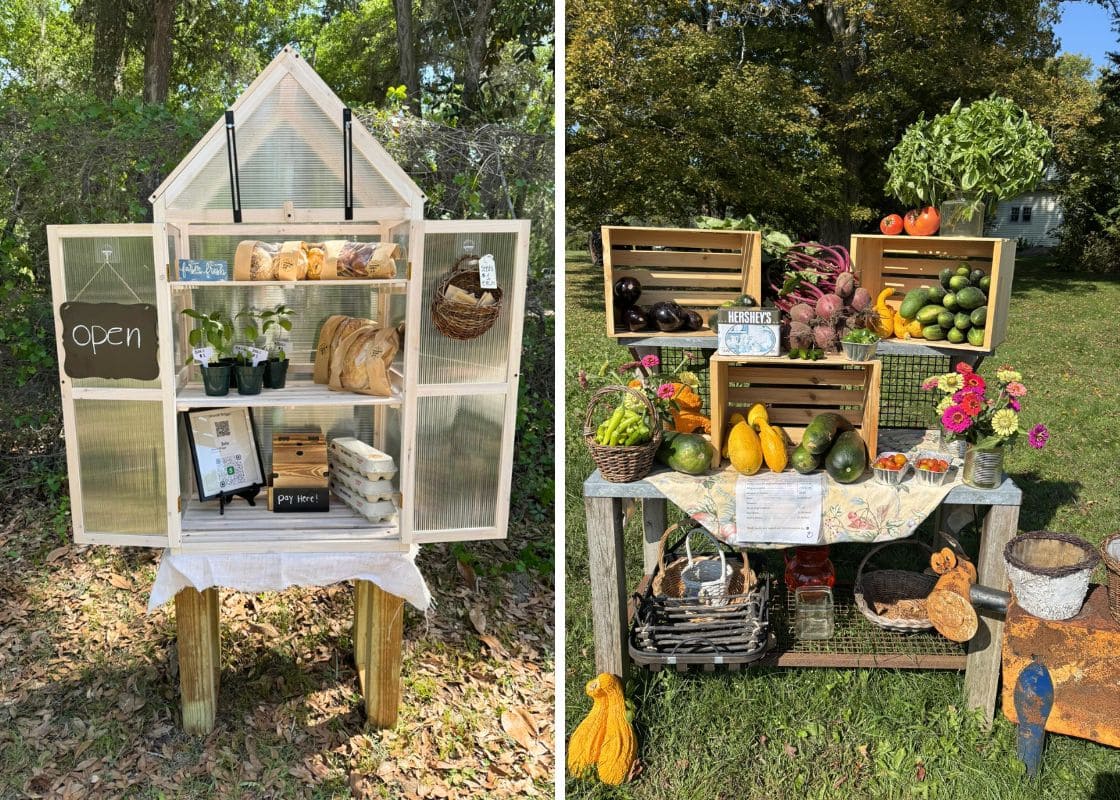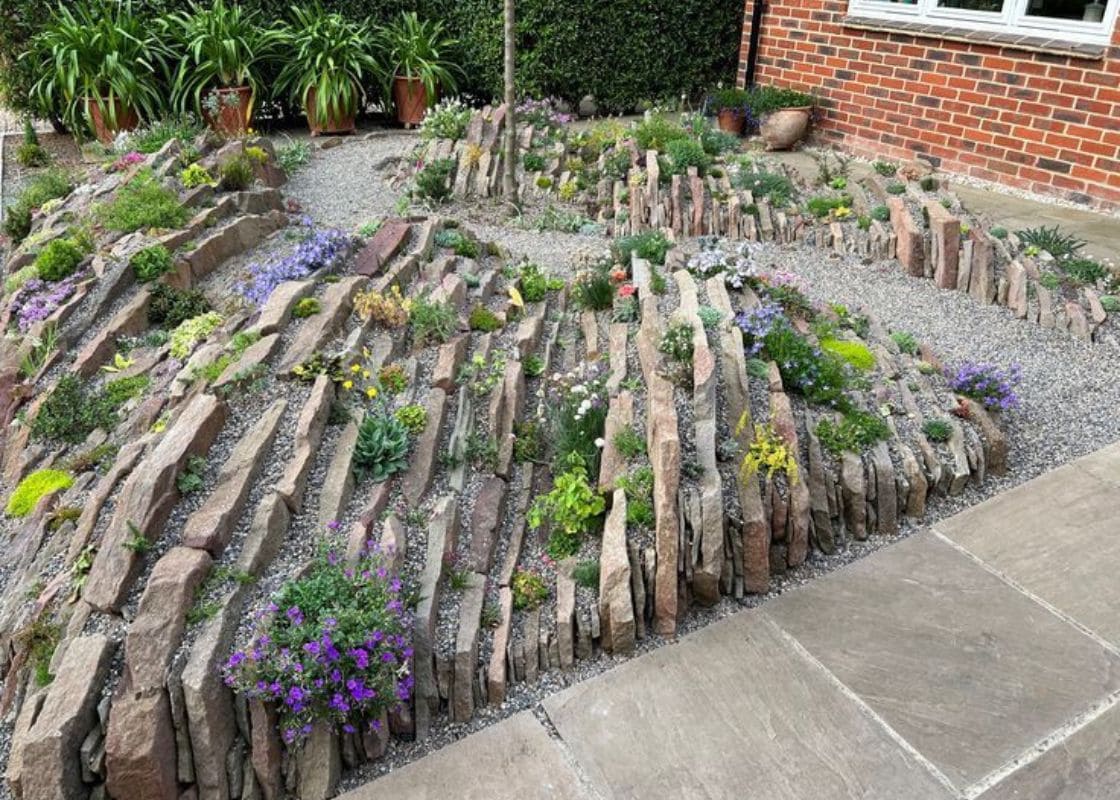What if the key to stronger stems, brighter blooms, and better harvests was hiding in your breakfast scraps? Crushed eggshells are a powerhouse of calcium carbonate, a natural, slow-release nutrient that helps build robust cell walls in plants.
Unlike synthetic fertilizers, eggshells feed your garden gradually, improving soil texture, balancing pH, and even deterring certain pests.
Whether you grow flowers, veggies, or herbs, these ten plants are especially grateful for the humble shell. Here’s why they love it and how you can use it to help them thrive.
#1. Tomatoes (Solanum lycopersicum)
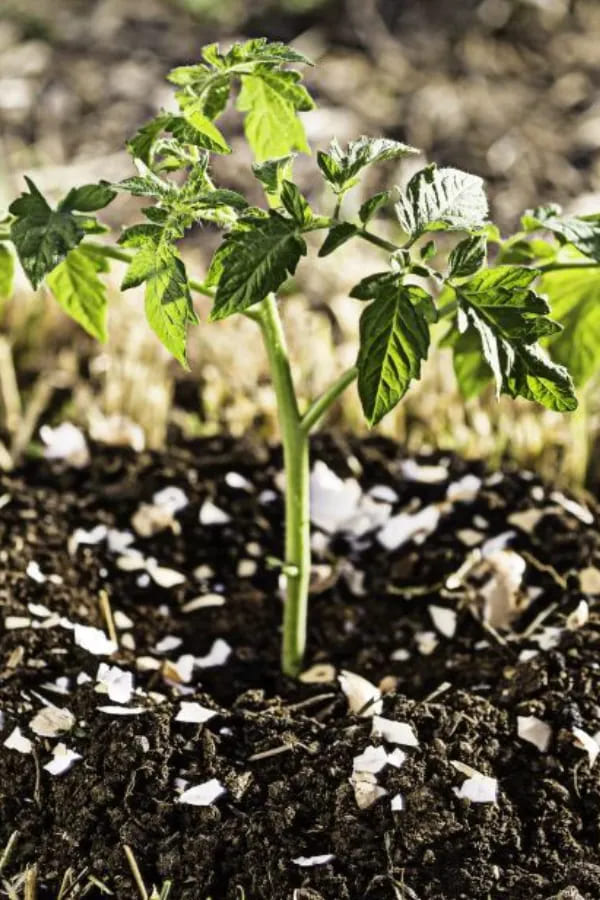
Tomatoes crave calcium for healthy fruit development. A lack of it often leads to blossom end rot, where fruits turn black and mushy at the bottom. Crushed eggshells provide the perfect solution, releasing calcium slowly as they break down in the soil.
To help tomatoes thrive, mix 4–5 crushed eggshells into the planting hole before transplanting seedlings. You can also top-dress the soil every few weeks during the growing season for a continued supply.
Tomatoes also benefit from eggshells’ drainage-improving properties, keeping roots from sitting in water.
#2. Peppers (Capsicum spp.)
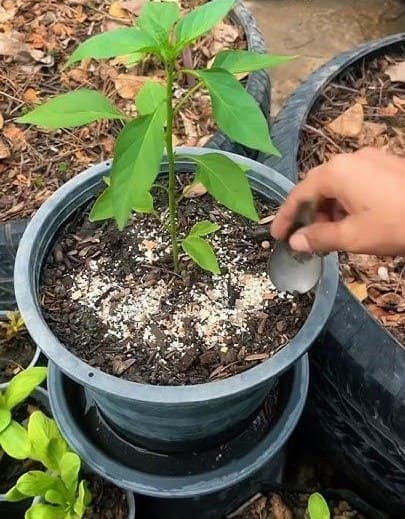
Peppers suffer from the same calcium deficiency risks as tomatoes. They need consistent nutrients to grow firm, thick-walled fruits, and eggshells provide a steady stream without shocking the plant like quick-release fertilizers might.
Add 2–3 crushed eggshells directly into the soil when planting, or water your pepper plants with eggshell tea (shells soaked in water for a few days). This helps the plant absorb calcium more quickly. Crushed eggshell mulch also discourages slugs from approaching tender stems.
#3. Eggplants (Solanum melongena)
Eggplants are heavy feeders and require calcium to build sturdy stems and healthy fruit. Without enough, you may see stunted growth or deformed fruits.
At planting time, mix crushed eggshells into the base of the hole, around 3–4 shells per plant. They not only nourish but also reduce soil compaction, helping eggplants root more effectively.
Supplementing with compost increases effectiveness, as microbial activity helps break down the shells faster.
#4. Roses (Rosa spp.)

Roses thrive in soil that’s both mineral-rich and well-draining. Calcium from eggshells strengthens rose canes and enhances flower production. Plus, the gritty texture of crushed shells helps deter soft-bodied pests like slugs and cutworms.
Scatter a layer of crushed shells around the base of your rose bushes every 4–6 weeks. You can also steep the shells in water and use the “eggshell tea” to water your roses during bloom-heavy periods. Over time, the soil becomes more structured and rich in organic minerals.
#5. Broccoli (Brassica oleracea var. italica)
Broccoli needs a substantial calcium supply to form large, dense heads. Calcium deficiency results in hollow stems and poor-quality florets. Crushed eggshells ensure a steady nutrient source throughout its long growing period.
Work 5–6 crushed shells into the soil two weeks before planting broccoli. During growth, add more crushed shells near the roots, or compost them to speed breakdown.
Because broccoli prefers neutral to slightly acidic soil, eggshells help stabilize soil pH for optimal growth.
#6. Spinach (Spinacia oleracea)

Spinach grows quickly and pulls lots of nutrients from the soil—especially calcium, which supports its lush, tender leaves. Eggshells act like a time-release mineral feed, keeping leaves green and preventing wilting from weak cellular walls.
Mix crushed eggshells into the top few inches of soil before sowing seeds. Reapply monthly around the base as a slow-release mulch. Since spinach can bolt in high heat, combining eggshells with good watering habits extends the leafy harvest.
#7. Zucchini (Cucurbita pepo)
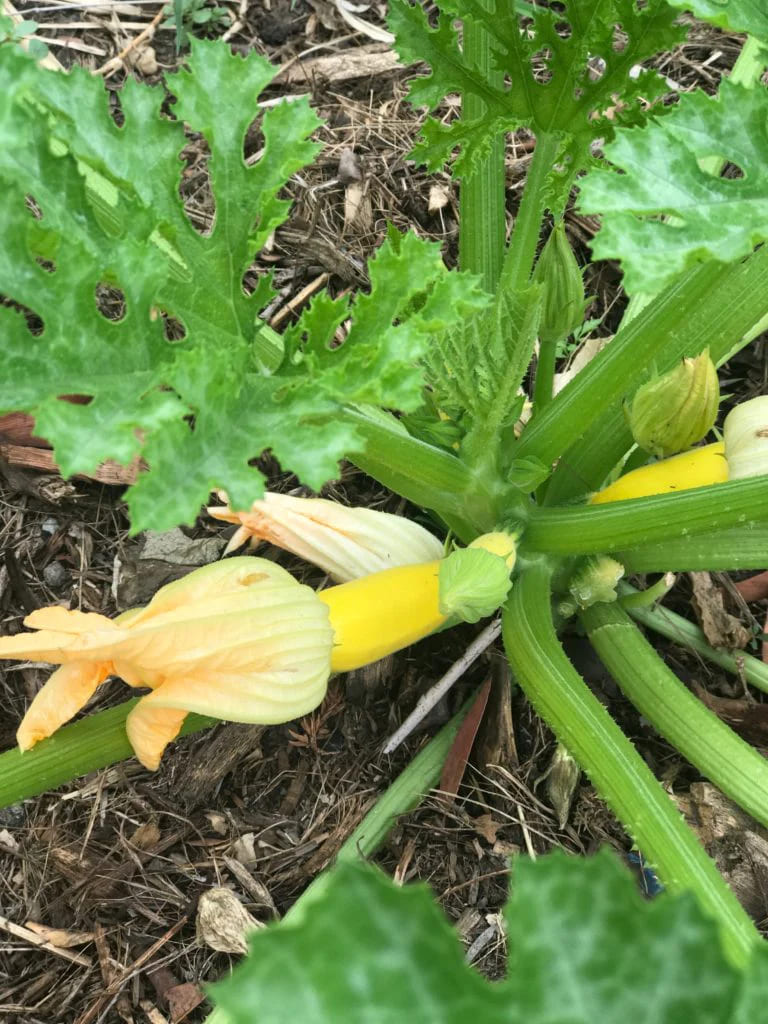
Zucchinis are calcium-demanding plants and highly susceptible to blossom end rot if the soil lacks sufficient minerals. Eggshells support strong fruit development and encourage deeper root systems.
Apply 4–5 crushed shells per planting hole, and repeat halfway through the growing season by gently turning more into the surrounding soil. Water deeply after applying to help nutrients move downward. The gritty texture also keeps crawling pests from nesting at the base.
#8. Cabbage (Brassica oleracea var. capitata)
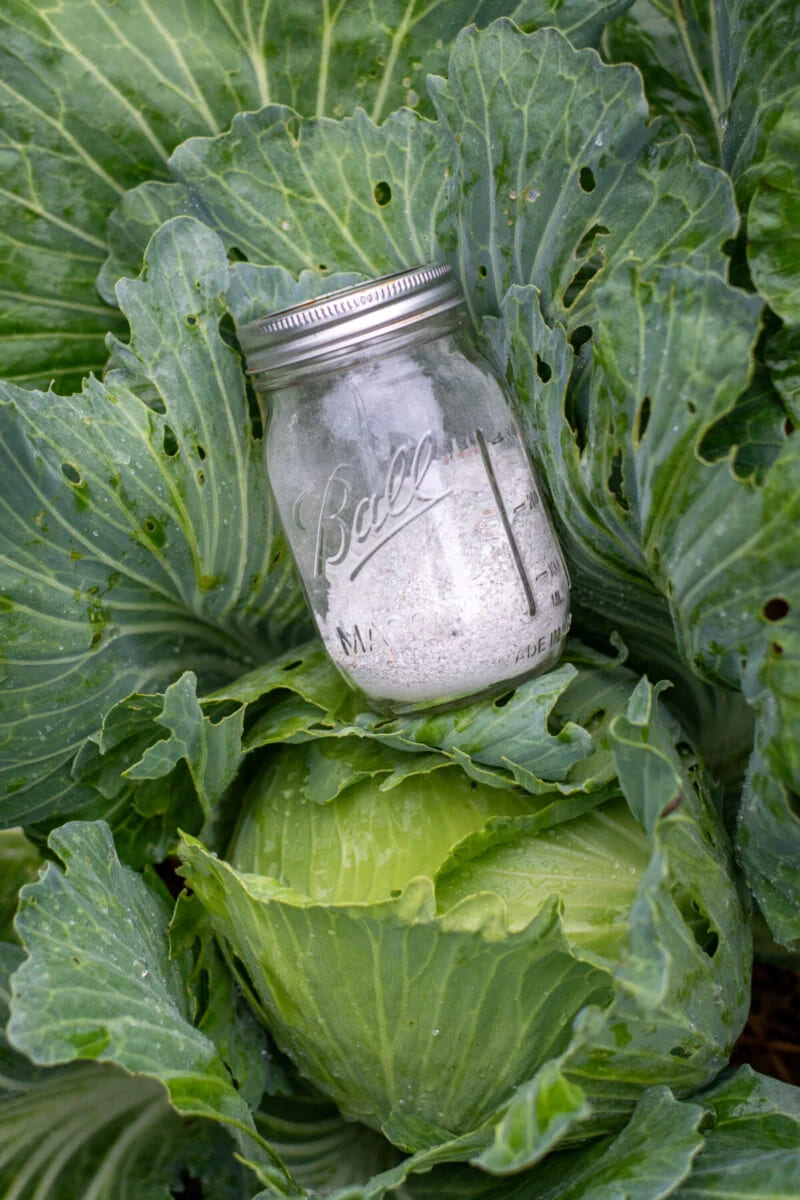
Cabbages need dense, mineral-rich soil to form firm, tight heads. Calcium from eggshells is key to preventing tip burn and leaf curling. Plus, eggshells naturally help repel root maggots and other pests.
Before transplanting cabbage seedlings, incorporate 5–6 finely crushed shells into the soil. For better results, rotate with other organic matter like compost or aged manure. Crushed shells also improve air circulation in dense beds, aiding cabbage development.
#9. Marigolds (Tagetes spp.)
Marigolds are often planted as pest repellents, but they also enjoy calcium-rich soil. Eggshells support longer-lasting blooms and more resilient stems, especially in dry or compacted soil.
Simply sprinkle crushed shells around the base of marigolds at planting and mid-season. Their strong scent already wards off nematodes and aphids, combined with the barrier texture of eggshells, they’re even more effective as a garden guardian.
#10. Beans (Phaseolus vulgaris)

Beans fix nitrogen in the soil, but they still need calcium to form pods and maintain strong stems. Crushed eggshells enrich the soil slowly and improve water retention for these thirsty growers.
Add crushed shells when sowing bean seeds, and lightly mix more into the topsoil once vines begin flowering. They pair especially well with pole beans, which need solid structural support and deep, healthy roots.
